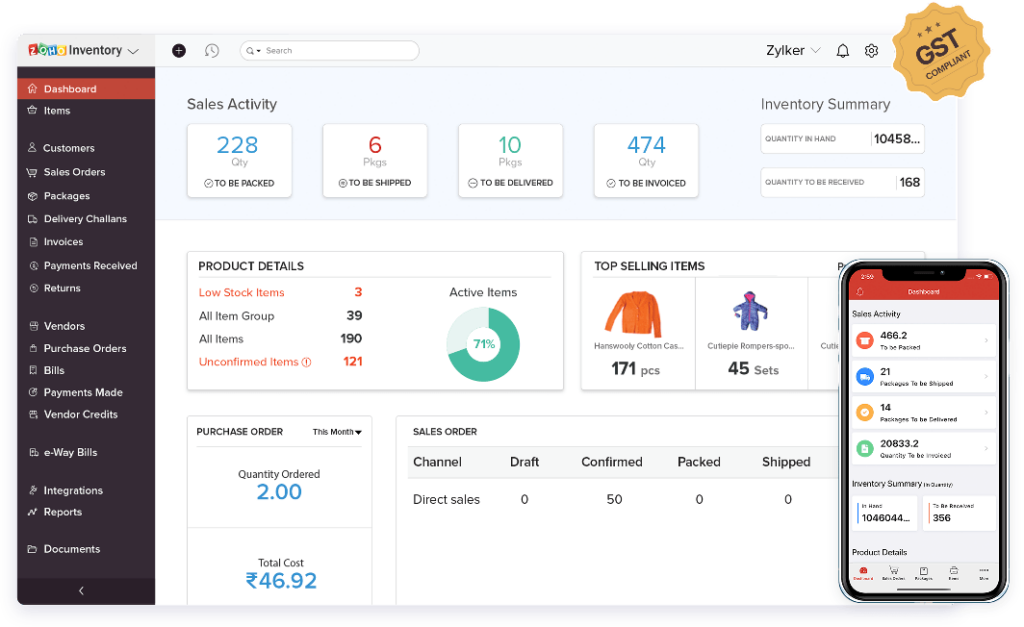
A multi-channel selling strategy can tailor sales proposals to the space, dramatically increasing the chances of exposing the right product to the right people at the right time.
Today’s savvy consumers have more and more options for shopping online . They can look for products on Google, compare prices on Amazon, and even shop on Douyin. No one knows what makes them go shopping, where they go shopping, or what they choose to buy.
What is selling through many channels?
Multi-channel selling is when you sell your products through more than one way.
This includes independent websites, e-commerce platforms , social media , comparison search engines , wholesale channels .
Along with having a diverse portfolio, multi-channel selling is one of the best ways to grow your market share and avoid failures from selling through just one channel. That’s because modern consumers don’t shop in just one place. They use the devices they like best to look for brands, good deals, and good quality. Also, they don’t stick with just one e-commerce platform. Many of them are signed up with more than one marketplace, and they look through all of them to find what they want.
What are the benefits of selling through more than one channel?
Every new channel you add brings in more customers, which means you have a better chance of making more money. In fact, according to reports, companies that sell across channels have better marketing results, and they are more than twice as likely to market compared to companies that use fewer channels and less integrations [1] .
Listings in more than one place help you.
Click here to find out how ChannelAdvisor can help you sell through more than one channel.
- Increase sales Every new channel you add is another opportunity to reach new consumer groups, expose a more targeted assortment and earn more sales. You will make more money the more markets you cover.
- Raise the brand’s profile Customers are more likely to remember your brand if they see it in the places they visit most. The more they see you, the more likely it is that they will remember you when they go shopping.
- Leverage mobile commerce One-third of the time people are awake is now spent on their phones. To get them interested, you have to meet their digital expectations, which are for a fast, easy mobile experience.
- Make the market more divided When you sell through more places, you can find out more about your customers. And the more you know about your customers, the more you can divide them into groups to make your marketing more effective.
- Boost growth When you manage all of your channels from a single platform, you can cut down on costs and make the most of your time.
Problems with selling through more than one channel
Keep in mind that selling on multiple channels also means managing sales for more brands, each of which has its own rules and requirements. This means offering good customer service to a wide range of people, thinking about lead times for new regions, preparing for an increase in demand from new channels, and thinking ahead about tax implications and business concerns.
Adding new channels also means that the customer experience needs to be consistent. To grow, make sure that all of your channels look and feel the same, so that customers can recognize your store’s style, values, and identity right away. You can do this by hand, or you can choose a digital solution that connects all the channels and helps you deal with the problems that come with selling through multiple channels
Selling through more than one channel is not a “one-time project.” It’s a long-term plan that you have to put out there and carefully run over time. From what we’ve seen, there are five key steps:
Put the right channels together
If you only use one channel, you risk losing money, reaching new people, and making your brand stronger. Direct-to-consumer sales, e-commerce platforms run by third parties, and wholesale channels are all ways to spread out your business. But it also needs a careful look at and understanding of the inventory management and logistics needs of each channel. And since each channel has a different audience, it’s important to tailor your content, build relationships, and keep an eye on your channel’s health after it goes live.
Timely marketing
E-commerce is more divided than ever, and when people shop online, they have a lot of choices. How do you get them to listen? Pay attention to the advertising platforms that each channel offers. There are four ways to advertise on Amazon, two on eBay, and others that help you target specific stages of your marketing conversion. To get the most out of each channel, you should set your goals up front, make them more visible through segmentation and targeting, and use reporting data to keep improving.
Sell where people buy things
Every channel can be used to sell something. Are you making people who want to shop leave? Prepare your sales funnel by adding detailed product information and content, competitive pricing, and accurate inventory data to your website, social media, or e-commerce platform.
Do what the customer wants
Service level agreements must be fully understood and followed when selling through more than one channel. To win at fulfillment, you have to keep things consistent and scalable. Third-party logistics partners give you fulfillment assurance by meeting your needs for current and future daily order volumes, speed and storage needs, shipping to other regions, and more. Or, check out the eCommerce fulfillment options on Amazon, Walmart, or Zalando to make sure you’re following the rules, increase sales, and make it easier to grow.
Make the most of each channel
The world of online shopping is changing quickly. When you evaluate your sales channels on a regular basis, look for ways to improve your brand’s presence in each channel.
- Add more channels to your mix.
How does each channel fit into your overall plan for your eCommerce business?
- Always try out your product line.
Find your best-selling products and make them better so you don’t have to rely on a small number of them.
- Get the best rate of inventory.
Find out how much inventory is in each channel and divide it up so that out-of-stocks don’t hurt sales.
Best Practices for Selling Through Multiple Channels
With so many online shopping options, it’s easy to add new channels to your mix, but to stand out from the crowd, you need a good plan. When it comes to doing things in the real world, sellers can try to put customer experience at the top of their list.
Adding new channels does bring in more money, but it also brings your brand to the attention of new customers. If you want to build long-lasting, loyal relationships with your customers, put yourself in their shoes when you create your multi-channel sales strategy: Do you sell through the channels where your ideal customers buy the most? Does your brand look very different on different channels? How easy is it for them to buy from you? Do they get alerts all the time that something is out of stock, or do you have other ways to fulfill orders? Is it easy and streamlined to go shopping? Or is it all over the place?
Remember that shoppers today have a lot of shopping options. If they have a bad shopping experience with your brand, they will look for other ones.
Look for multi-channel capabilities that are more advanced.
Once your multi-channel strategy is up and running, take it a step further by adding automation and e-commerce features that will drive more sales (and make your job easier).
This could include drop fulfillment, channel performance analytics, online or local buying solutions, dynamic shopping links, retail content management, product data and inventory management, and repricing technologies.
Combine to make eCommerce operations easier.
You can’t run all of your sales channels from a single silo. When you have one place to manage all your eCommerce operations, it’s much easier to add new channels and boost sales.
A platform for optimizing e-commerce that makes it easy for brands and retailers to find and list in new channels
Effectively market your business, raise awareness, master the complexities of shipping, and attract loyal customers.
ChannelAdvisor helps you win at selling through multiple channels.
ChannelAdvisor helps you improve your e-commerce operations and reach more customers at every stage of the buying journey, all from one central platform.
[1] According to a study, integrated multichannel marketing is twice as effective as working in silos. Matt Heinz




